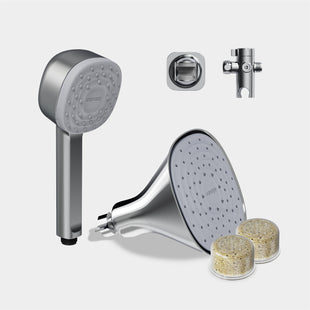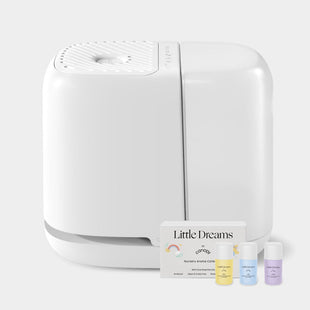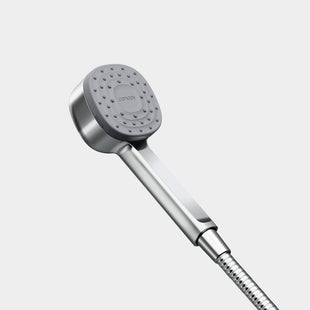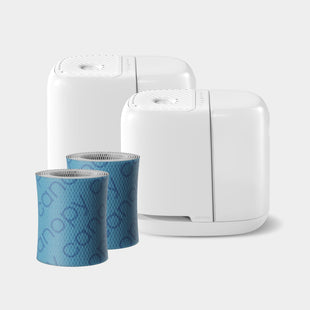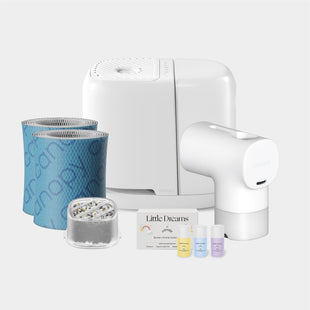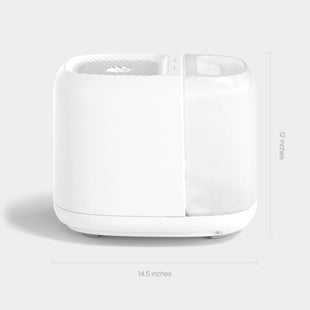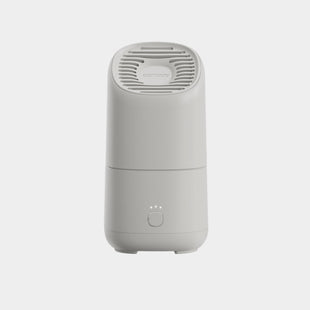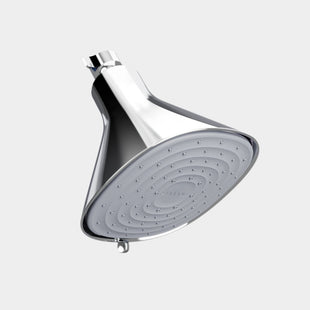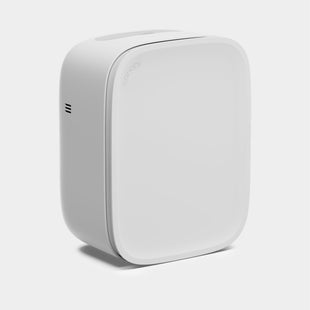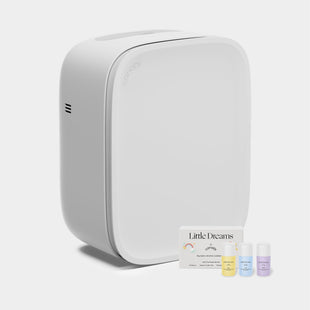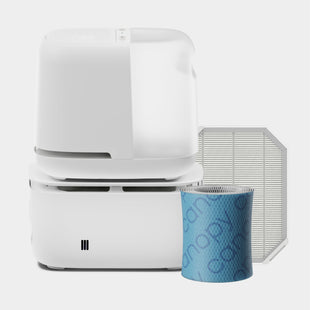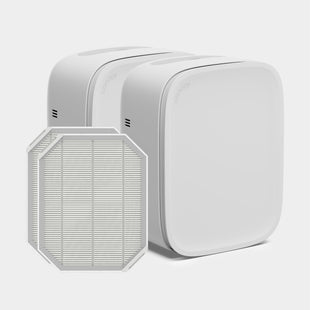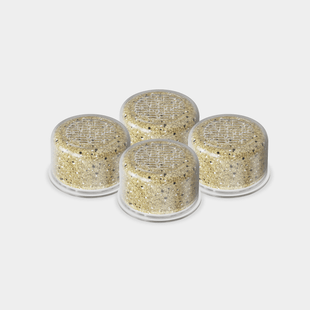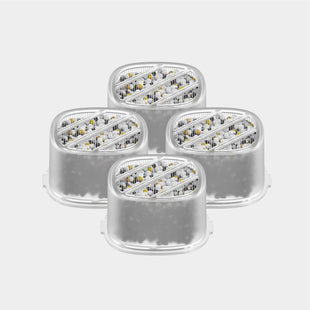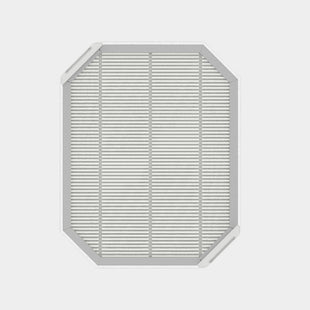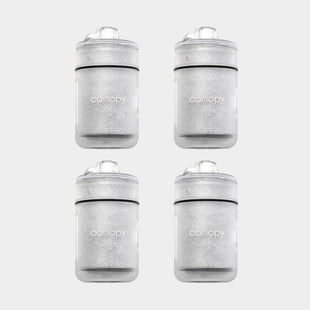You have probably heard the expression “it’s not the heat, it’s the humidity!” when people get stressed about summer weather. Even on cool autumn days, high humidity makes the air feel heavy and oppressive—and you feel less comfortable.
While we often think of humidity in terms of the weather forecast and how it makes us feel outdoors, maintaining comfortable indoor moisture levels is also important. Not only is too much indoor humidity uncomfortable, but it can also affect your home and well-being. Learning how to lower humidity in your home can help keep your family healthy and prevent indoor contaminants from taking over.
What Is Humidity?
Indoor humidity is measured as relative humidity, the amount of moisture the air can contain at a specific temperature. It’s expressed as a percentage of the total water the air can hold. In other words, when the relative humidity is 50%, it means the air contains half the maximum amount of moisture that it can contain at that temperature. If the temperature increases or decreases, the relative humidity percentage will change as well.
Warm air typically contains more moisture than cold air, so the relative humidity is higher in cooler temperatures than in warmer ones. This is why the air still feels dry in the winter, even if the relative humidity is higher. Cold air holds less water to start with, so even a high humidity level won’t feel as moist as it would on a warm day.
What Is the Ideal Indoor Humidity?
In general, the ideal indoor relative humidity level is 30 – 50%. This is the most comfortable feeling and the least likely to cause problems.
Excess humidity in your home can contribute to a range of. Too much moisture in the air can make it difficult for your body to naturally regulate its temperature, making you feel too warm. The moist air prevents sweat from evaporating from your skin, so you end up feeling damp and sticky. But indoor moisture levels are all about balance. When the air is too dry, you are likely to feel colder and experience dry skin, hair, and eyes, as well as a scratchy throat and irritated sinuses.
Allowing indoor humidity to remain above 50% can also encourage mold, mildew, and dust mites to spread. When this happens, you might feel sick. People with allergies and respiratory conditions, like asthma, are especially vulnerable to developing uncomfortable symptoms.
And when your home is an ideal breeding ground for mold—which requires moisture to thrive—it can spread into structural components and eventually lead to rot and deterioration. Too much moisture can also cause wood floors and furniture to warp, cause wallpaper to peel, and damage electronics.
How to Lower Humidity

If your home is too humid, you can take steps to reduce the moisture and make it safer and more comfortable. Take care not to make it too dry, though. Inadequate humidity will dehydrate and irritate your skin.
Invest in a Dehumidifier
Dehumidifiers lower humidity by removing moisture from the air. Use a freestanding model in damp areas, like the basement, or invest in a whole house dehumidifier that fits in your furnace to remove moisture from the air automatically.
Use Exhaust Fans
Moist rooms, like the bathroom, kitchen, and laundry room, should be fitted with exhaust fans that direct moisture outdoors, not into the attic. Make sure the clothes dryer is vented outdoors as well.
Keep Water From Entering Your Home
Any leaks or seepage that allow water into your home can increase humidity and contribute to damage. Make sure the gutters are clean and downspouts are pointed away from the foundation. Check for leaks in the attic and basement and have them fixed as soon as possible. The same goes for any plumbing leaks. At the first sign of an issue, have it fixed to lower humidity and the risk of mold, rot, and other damage.
Add Some Houseplants
Houseplants are a beautiful addition to your home decor—and they improve air quality, too. English ivy, aloe, golden pothos, and spider plants are prized for their ability to clean toxins from the air, and they also help lower humidity.
Controlling indoor humidity can help you look and feel your best, while also protecting your home. If you notice it feels damper inside than it should, try these tips to reduce moisture. If you’re concerned about dryness as the weather cools off, remember that our humidifier has sensors for the ideal hydration balance and mold-inhibiting* design inside the humidifier to prevent airborne contamination.
*Mold inhibition limited to device interior. Does not treat air or environment. 3rd party lab-tested with Aspergillus niger (ATCC 6275, 16404).

